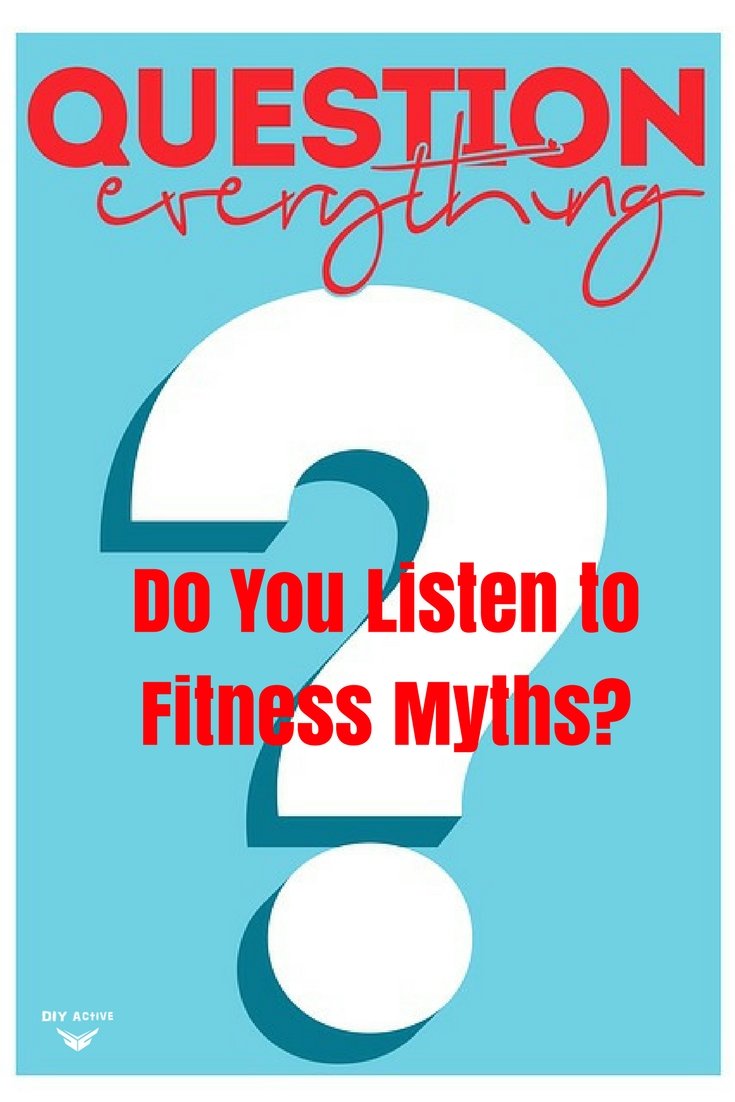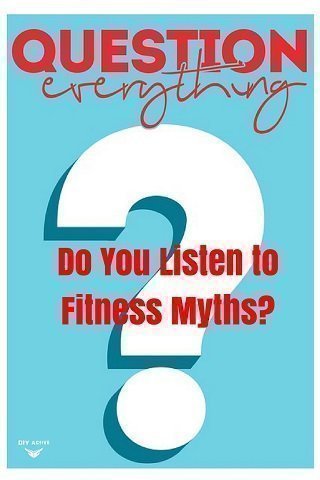
Are You Receiving Bad Fitness Advice?
People who work out are subject to all kinds of fitness myths and exercise advice. While some of it is helpful, much of it is not. Good or bad, your friends are probably well-intentioned in what advice and tips they offer, but knowing how to sort fact from fiction is important for any athlete — beginner or elite. Getting fit is different for everyone and depends on their situation, their body, and many other factors. Make sure you follow fact-based rules that fit with your situation as you exercise more. Here are some fitness myths ripe for bursting:
Common Fitness Myths
Pain is Gain
The pain usually means the body wants its owner to stop what they’re doing and rest.
Your pain triggers help you know when to stop working out. Exercise does injure the body a little, which is why people are usually sore after their workouts. However, a workout should not do such damage that the body has a hard time repairing itself.
If it hurts just to do your workout, the regime may not be executed right, or you might have an injury or limitation you weren’t aware of. Be sure to ask a coach to check your form or educate yourself on proper execution. Sometimes you’ll need to strengthen an area, like your core, before you can do more advanced exercises.
And learn the difference between good and bad pain.
You Have to Sweat
A similar myth might be that sweating means a person is having a good, hard workout. While sweating is usually a good indicator of intensity, you don’t always need to sweat to have a good workout.
Anyone who has sweated while not doing much knows they aren’t getting a good workout — but maybe they’re having a good time at the beach.
It’s possible to have a good workout without breaking a sweat. Walking, swimming, and certain floor routines can accomplish this. You can focus on balance, core work, and flexibility training without sweating intensely and still achieve your fitness goals.
Swimming Helps You Lose Weight
Swimming is good for a lot of things, including toning the muscles and overall relaxation. However, it really doesn’t help a person lose weight unless they spend hours doing those butterflies. That’s because the water supports the body, and you don’t have to work as hard as you do when you battle gravity during your workout.
Aerobics in the water can be useful for building muscle and helping your overall strength. The water provides a natural resistance to your movements which strengthens your bones and muscles.
However, the more fat you have, the more buoyant you will be, so sometimes you’ll need to add more weights to your body to do the workout properly — floating is fun, but counterproductive if you’re trying to squat!
So while swimming is a great workout, it takes a lot longer to lose significant weight with this kind of exercise alone. Swimming also tends to make people so hungry they ignore their diet plan once a workout is finished.
If weight loss is your goal, pair your swimming with other exercises and proper nutrition to get the most out of it.
If a Person Feels Fine, They’re Not Overdoing It
This can be a dangerous myth because it encourages overtraining. If you are returning to workouts after a long period of time, you can injure yourself easily if you overdo it. Those returning to their workout regime should take it easy and not even attempt to do as much as they did before. The pain that results from a day or two after your old normal may put you off working out for a long time.
You need to know the difference between the good and bad pain discussed above and be extra vigilant here.
According to Recovery in Tune addiction recovery experts, having a professional watch and guide you is the best bet for staying safe during your workouts — especially after coming back to it after some time.
It is difficult to know if you’ve gone too far after not working out for a while. You might feel okay at the moment, but it can catch up with you later when you least expect it. Be sure to stretch thoroughly after each session and look into muscle relaxing techniques like massage and active heat sources.
A Person Can Spot Train
Getting rid of fat from just one part of the body through exercise is just about impossible for most. Fat cells are found all over the body, and you have to work out to reduce all of them.
Experts recommend high-intensity interval training, or HIIT, to burn away fat — including the stubborn types of fat that accumulate around a person’s belly or thighs. This type of training helps the body burn calories even after the workout session is over.
Wrap-Up
There are lots of beliefs out there when it comes to exercise, but don’t believe everything you hear. Take care to discern the truths from the myths.
These tips can help keep you on the right track and keep your body warm and ready during and after your workouts.
- How to Get Into Shape Again After Winter - April 10, 2023
- Best Exercises for a Strong Spine - August 29, 2021
- 5 Ways to Reduce the Impact of Stress on Your Body - June 16, 2020




